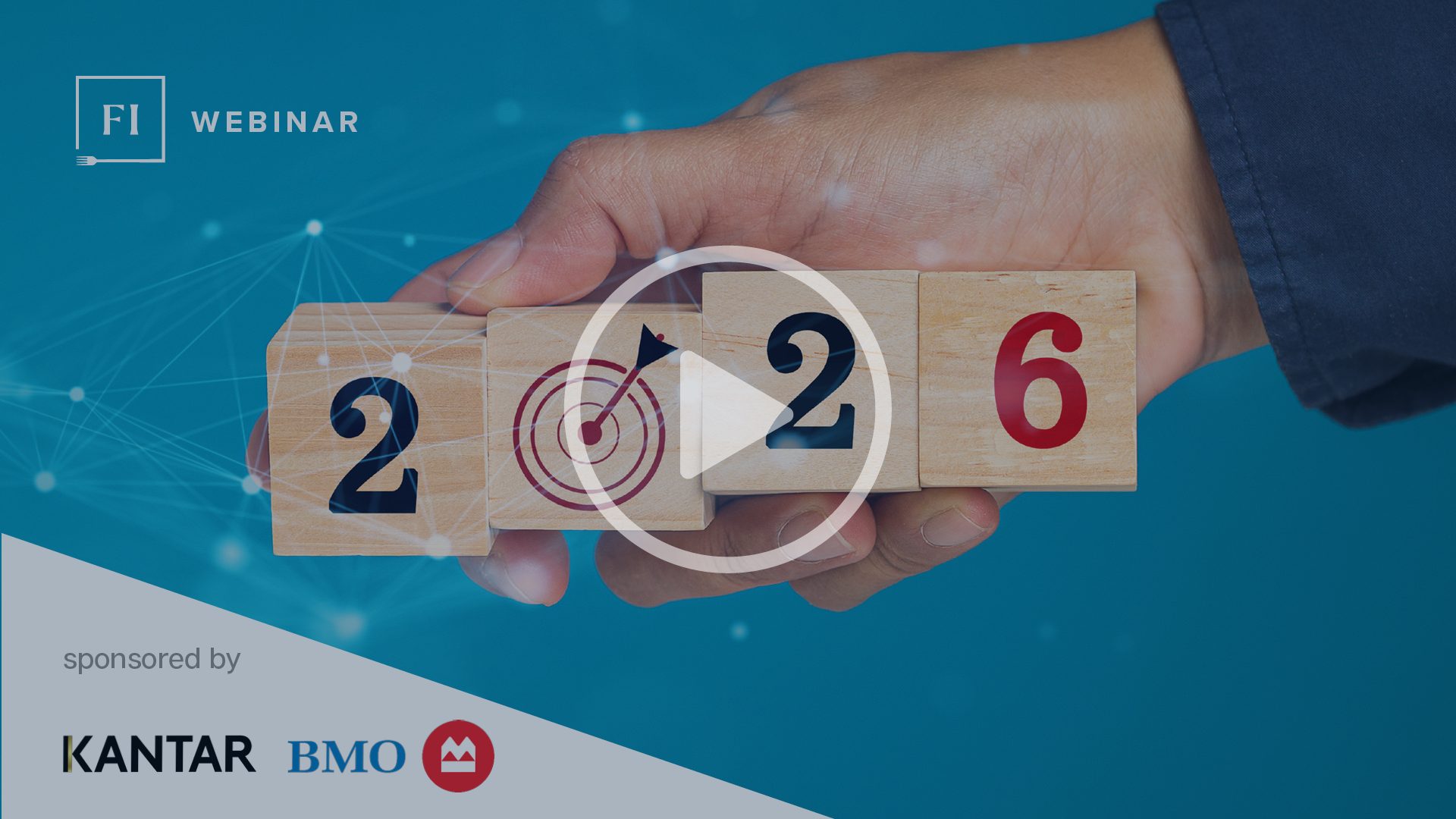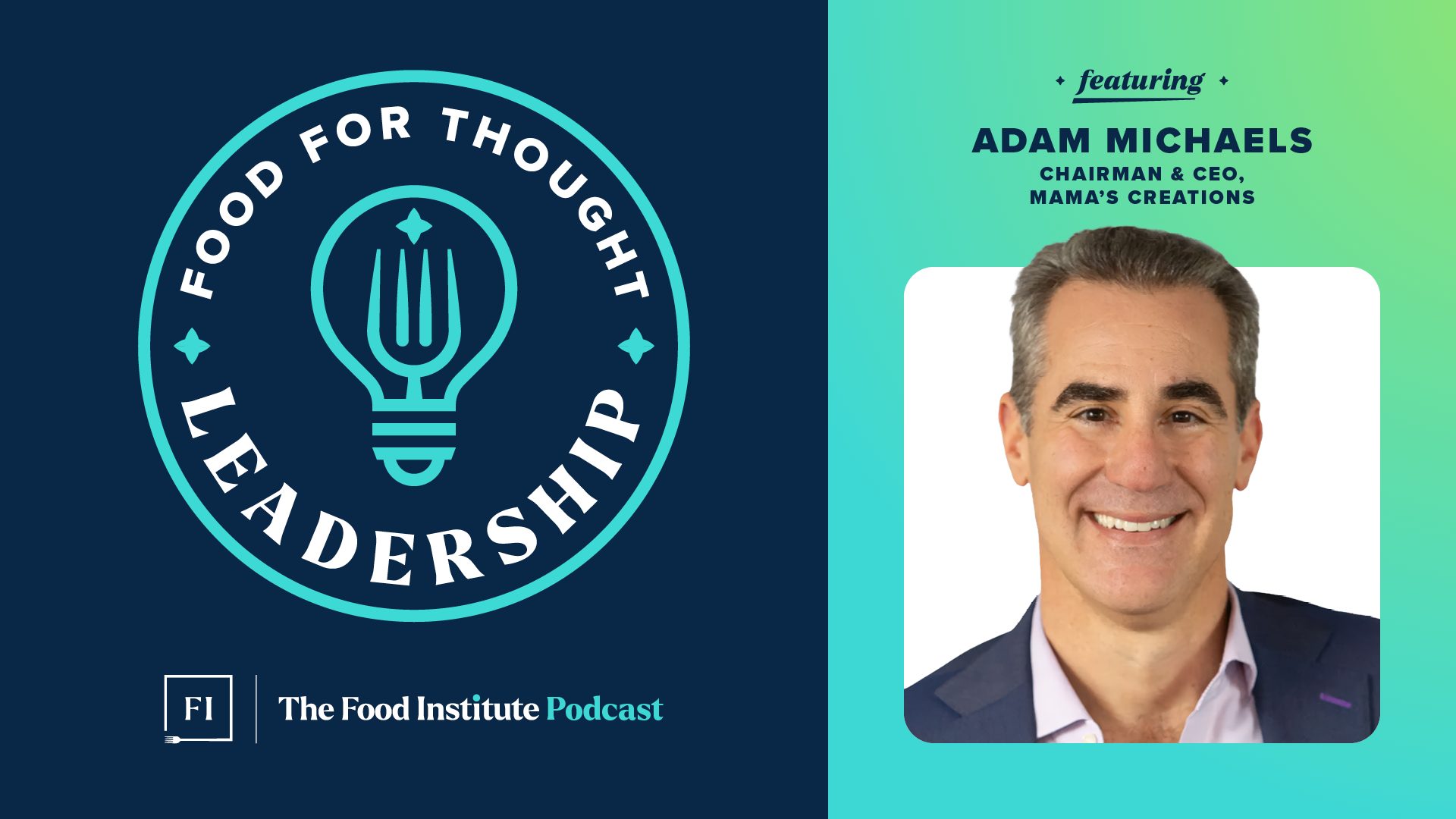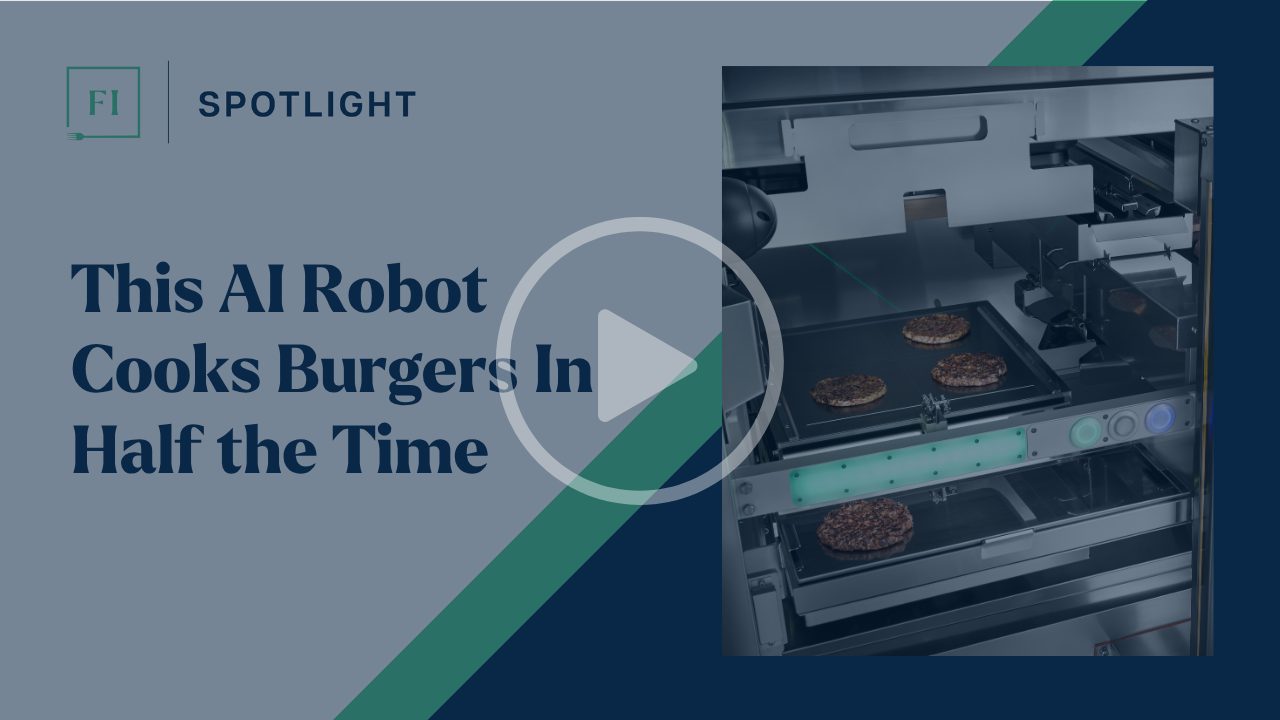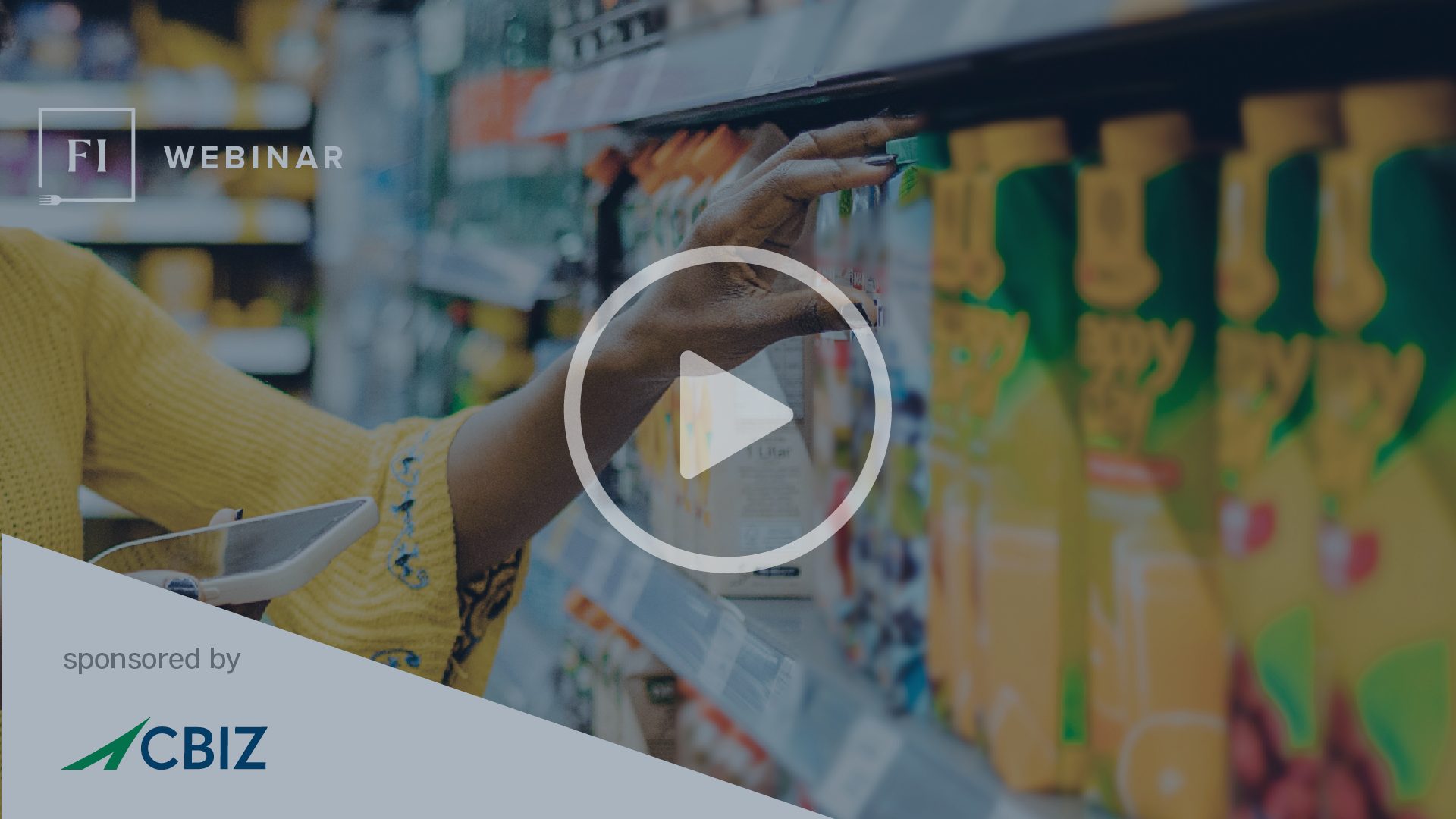Subscribe On Your Favorite Platform:
As the leading consumer products accelerator, SKU has helped launch and scale some of the most innovative brands in CPG. At the center of that mission is Michelle Breyer, SKU’s Chief Marketing Officer and a serial entrepreneur who knows what it takes to build lasting consumer brands.
In this episode, Michelle shares how SKU empowers founders to navigate early-stage challenges, the marketing strategies that separate breakout brands from the rest, and why mentorship remains the foundation of SKU’s success. She also offers a look ahead at the trends and categories poised to define the next decade of CPG innovation.
Transcript (Edited for Brevity/Clarity)
Rebecca Fryer: I’m so excited to be joined by Michelle Breyer, Chief Marketing Officer at SKU, the leading accelerator for consumer product brands. Today we’re diving into what’s next for CPG innovation and how SKU is helping founders grow and scale. Tell us about your background.
Michelle Breyer: I actually started out in journalism — I loved telling other people’s stories. But I also had very curly hair and started a side project to address that. There were no products or resources for curly hair at the time, so we built a website that became the hub for all things curly. Eventually we launched a market research arm, helping big and small companies develop products for textured hair. Our company sold in 2018, and that’s when I started mentoring at SKU.
I joined SKU full-time in 2019, right before COVID. When the pandemic hit, we pivoted overnight from an in-person program in Austin to a hybrid model. It turned out to be a great thing — it opened up our mentor network and allowed brands from across the country (and even internationally) to participate.
What Is SKU?
Michelle Breyer: SKU was started in Austin by consumer product entrepreneurs who saw a gap — lots of resources for tech startups, but none for CPG. It’s a 12-week accelerator focused specifically on consumer products — food, beverage, beauty, pet, and beyond.
Each brand gets a mentor team — six to eight industry veterans like top execs at Coca-Cola, successful founders, or investors. They guide brands through everything from branding to operations to channel strategy. It’s very customized and incredibly collaborative.
On CPG innovation and trends
Michelle Breyer: There’s endless innovation. Every time you think you’ve seen every functional beverage or better-for-you snack, a founder comes along and reinvents something.
One of our recent founders launched Indian-inspired pita pretzels — gluten-free, absolutely delicious — and they’ve become her hero product. I’m also seeing creative uses of bone broth and honey, as well as functional gummies and high-protein everything. The key is that these founders are solving real needs in new ways.
That said, not every trend sticks. Keto and alt-protein have cooled off, and I think we’ll see a swing toward simplicity and indulgence again — people wanting real ice cream, not protein ice cream.
Advice for Early-stage Founders
Michelle Breyer:
-
- Know your market. Do your research, understand your differentiators, and recognize that to win shelf space, you have to take it from someone else.
- Listen to your consumers. Farmers markets are great for real-time feedback. If enthusiasm is low, rethink the product.
- Be coachable. Founders who listen and adapt go the farthest.
- Find mentors and community. Entrepreneurship is a roller coaster — find your tribe. Groups like Startup CPG or Naturally Network offer invaluable support.
- Know your market. Do your research, understand your differentiators, and recognize that to win shelf space, you have to take it from someone else.
Biggest Challenges Facing Today’s Emerging Consumer Brands
Michelle Breyer: Working capital is the biggest one. Getting into Target isn’t the end game — it can sink you if you don’t have inventory or trade marketing funds to drive velocity. Many founders underestimate how much capital it takes to scale, or they get blindsided by issues like co-packer problems. Prepare for the unexpected.
On Standout Brands
Michelle Breyer: Dude Wipes is a great example — people laughed at the idea of baby wipes for adults, and now they’re doing hundreds of millions in sales. Siete started selling tortillas in baggies at a local co-op. Both knew their brand, leaned into what made them different, and told their stories fearlessly.
The Power of Marketing and Storytelling
Michelle Breyer: Marketing is everything. Great packaging, creative storytelling, and authentic social media can make or break a brand — and it doesn’t have to cost millions. Mid-Day Squares is a perfect example — they built a community by documenting their founder journey.
The biggest mistake I see? Putting all your money into one untested channel. Start small, test, iterate. Authenticity beats ad spend every time.
Sampling, experiential events, and tapping real advocates (not expensive influencers) are some of the most effective tactics right now.
The Future of CPG
Michelle Breyer: I think we’ll see more multi-functional products — convenient, nutrient-dense, grab-and-go options that fit into busy lives. But also a countertrend toward simplicity and transparency — clean ingredient sourcing and honest storytelling.
Rebecca Fryer: Yes — I’m seeing that too. A return to ingredient integrity and simple pleasures.
Michelle Breyer: Exactly. There’s comfort in familiar indulgence. When you want ice cream, you want real ice cream. There’s beauty in that.
The Emerging Consumer Brands of 2030
Rebecca Fryer: What does SKU’s class of 2030 look like?
Michelle Breyer: By 2030, accelerators will be more accessible and integrated — combining education, mentorship, and capital access. We’ll see more hybrid and community-driven models that lower the barriers for emerging founders with real potential.









